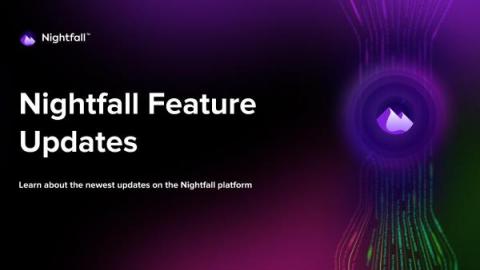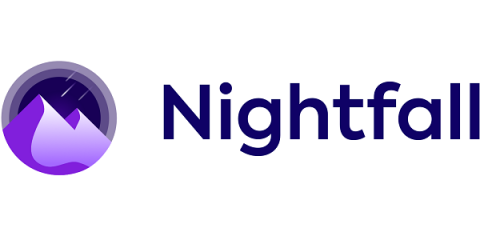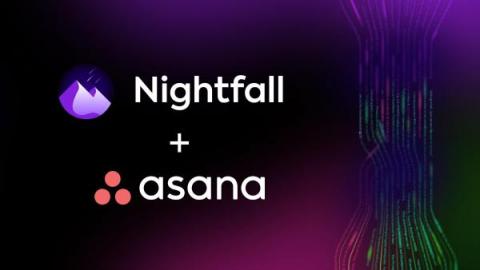New Nightfall Platform Enhancements Makes Parsing and Managing Findings Easier
Nightfall customers have always lauded the platform’s ease of use and simplicity, but our team is always hard at work looking for ways to improve user experience. This month, we’ve made multiple features GA across the platform, that will further your ability to further customize what content and files trigger Nightfall detectors as well as the ways you can ingest this data.








